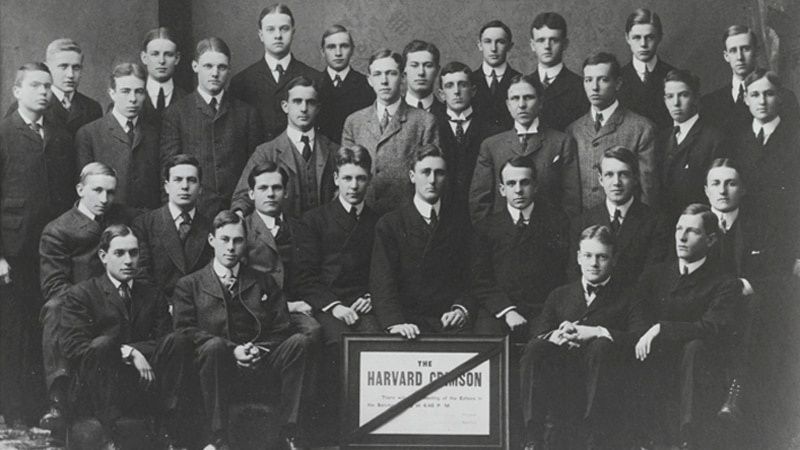NYSE Debut of PetroChina Ltd. Caps Massive Reorganization of Chinese Oil Industry
In 2000, the firm works to privatize a huge state-owned enterprise into PetroChina, an effort that involves reorganizing the oil industry in China.
On April 6, 2000, PetroChina Ltd. debuted on the New York Stock Exchange (NYSE). The listing capped one of the most arduous IPOs in the firm’s history. It was not only a massive, landmark offering for Goldman Sachs but would serve as a blueprint for China’s ongoing efforts to privatize its state-owned enterprises (SOEs).
As China looked to modernize its economy, a top priority was the privatization of SOEs, particularly its oil companies. Rapid growth in China placed an inordinate strain on energy resources; from 1989 to 2000, demand for crude oil in China doubled. While China had massive supply – over 50% of Asia’s oil reserves – domestic demand soon outstripped the capacity of China’s state-owned oil companies to harness domestic oil. By 1994, China had become a net importer of oil, and it was clear that its infrastructure and operations needed to change in order to keep up with its own demand as well as compete globally.
Following the success of the privatization of China Telecom in 1997, Goldman Sachs remained a trusted advisor to Chinese officials. The task of privatizing China’s oil industry was daunting as it would involve the wholesale restructuring of an entire industry with transfers of assets including oil fields, refineries, petrochemical plants and retail distribution companies.
China National Petroleum Corporation, the predecessor entity, typified a state-owned enterprise, providing not only employment but housing, schools, hospitals and even a police department. The task of separating the primary oil business functions from the larger entity fell to a work team of over a thousand professionals – including auditors, bankers, consultants, oil specialists and more. Ultimately two large-scale regional oil companies were created, based north and south of the Yangtze River.
As part of the privatization effort, Goldman Sachs helped introduce a groundbreaking innovation for China: a share options incentive plan for the top 300 managers. This linked as much as 75% of management’s compensation to the new entity’s profitability – another revolutionary new focus for such a company. In addition, China’s domestic crude oil prices no longer would be set by the state at an artificially low rate but instead tied to global markets.
The offering faced tremendous regulatory and political resistance, weakening demand. In a move reminiscent of the China Telecom deal, Goldman Sachs secured the participation of key investors to strengthen the offering. BP purchased 2% of PetroChina’s stock for US$1 billion, while another group of investors purchased US$350 million in shares.
PetroChina’s IPO on the NYSE in April 2000 raised US$2.9 billion. With proven oil reserves of 10.3 billion barrels, it immediately ranked as the fourth-largest publicly-listed oil company in the world. China National Petroleum would retain 90% ownership in the company now valued at roughly US$30 billion.
PetroChina’s earnings would grow from US$3.3 billion in 1999 to US$21 billion by 2013. It would become the largest oil and gas producer and distributor in China and one of the biggest energy corporations in the world. As significant, the path to privatization spearheaded by Goldman Sachs would serve as a model for future efforts to modernize and privatize China’s SOEs.




